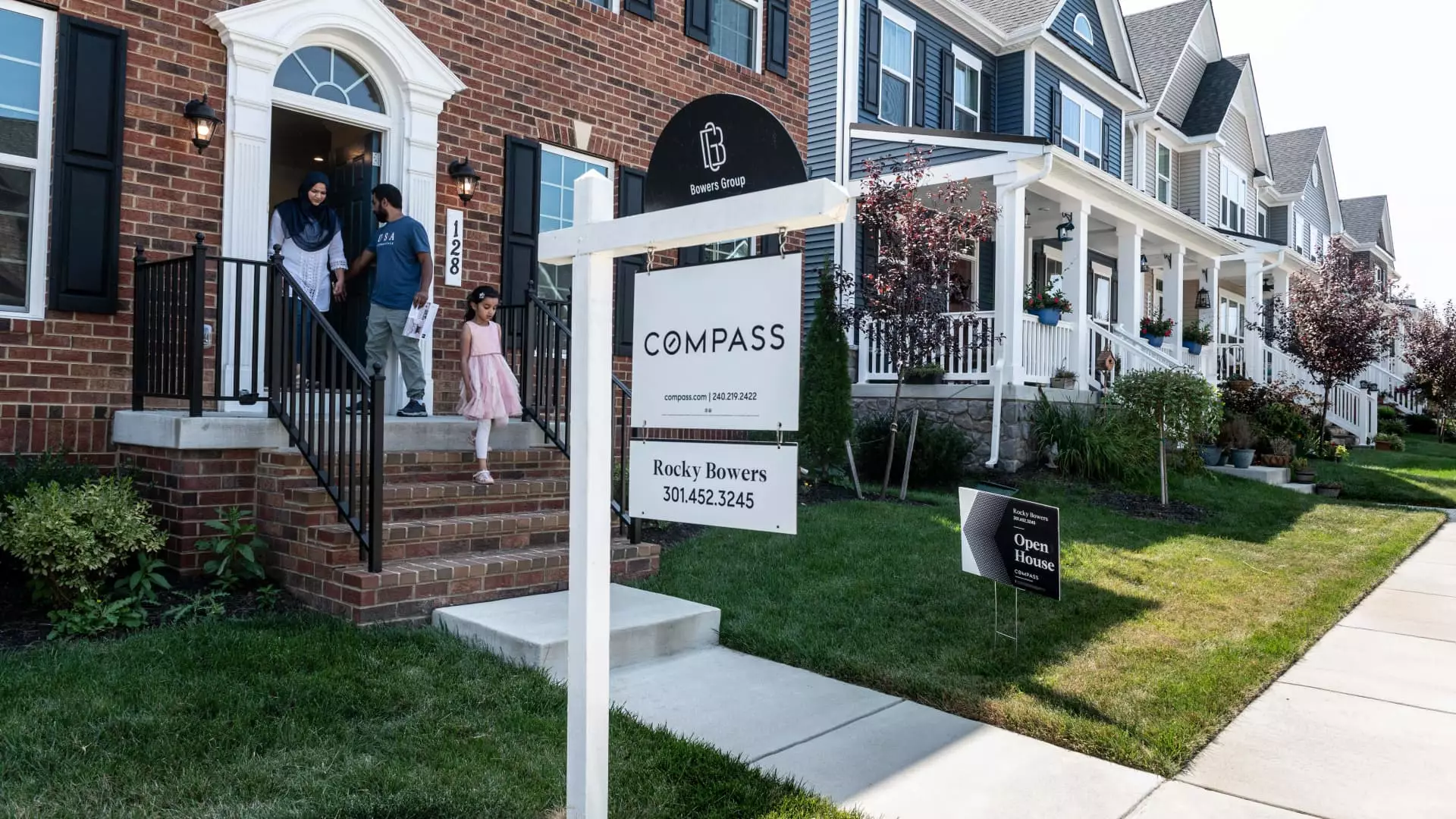The spring housing market is typically a time when prices cool down and competition eases as families gear up for the summer selling season. However, this year has defied expectations as prices continue to soar and demand remains strong despite higher mortgage rates. Normally, higher rates tend to cool both prices and demand, but current market conditions suggest a different scenario.
Home prices in February were 5.5% higher compared to the same month last year, according to CoreLogic. Although this annual increase is slightly narrowing, the price gain from January to February was nearly double the typical rate for this time of year. This suggests that the spring market kicked off with significant momentum, even in the face of rising interest rates.
One of the primary reasons behind the ongoing housing market challenges is the severe lack of supply. While there are more new listings this spring compared to last year, overall supply remains 40% below pre-pandemic levels. Homeowners are facing a lock-in effect, where they are hesitant to sell their homes due to the high cost of moving up.
Historical data indicates that before the Federal Reserve began raising rates in 2022, upgrading to a 25% more expensive home would result in a 40% increase in the average homeowner’s monthly payment. However, current market conditions paint a starkly different picture. Today, the average homeowner with a near-record low mortgage rate would see their monthly payment rise by 132% to move up to a more expensive home.
Andy Walden, ICE’s vice president of enterprise research, highlights the significance of lower rates in making moving more affordable for homeowners. A reduction in rates to 6% would result in a decrease in the monthly payment increase when trading up to a more expensive home from 103% to 88%. While this improvement is modest, it would offer some relief to buyers.
In contrast, if rates were to fall to 5%, moving up would still require a 68% larger payment, significantly higher than the long-term average of 39%. The current market scenario is challenging, with the majority of borrowers having rates below 6%, signaling the impact of rising home prices.
Market conditions vary significantly across different regions. For example, moving up in Buffalo, New York, would add $604 to a homeowner’s monthly payment, an increase of 108%. In comparison, the same move in San Jose, California, would result in a $4,517 increase, representing a 161% jump in the monthly payment. These regional variations highlight the disparities in housing affordability and the impact of rising rates.
According to Redfin, 88.5% of borrowers currently have mortgages with rates below 6%, emphasizing the prevalence of low rates in the market. While some borrowers have been able to take advantage of record-low rates, the overall challenge remains for many buyers, especially in high-cost markets like California.
A recent report from Zillow reveals a concerning trend in the U.S. housing market, with a record-high of 550 “million-dollar” cities. These cities are defined as areas where the typical home is valued at $1 million or more. This marks a significant increase from the previous year, demonstrating the continued rise in home values despite challenges such as rising mortgage rates.
The current spring housing market is facing unprecedented challenges characterized by soaring prices, limited supply, and the affordability crisis for buyers looking to move up. While lower rates could offer some relief, the fundamental imbalance between supply and demand remains a pressing issue that needs to be addressed to ensure a more balanced and sustainable real estate market.

